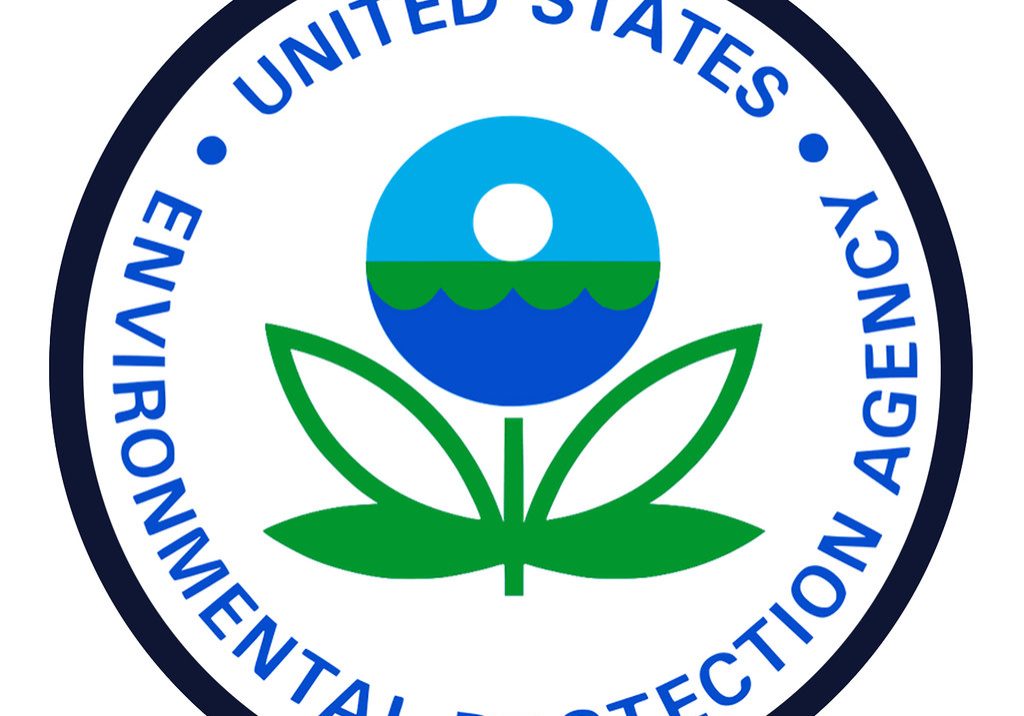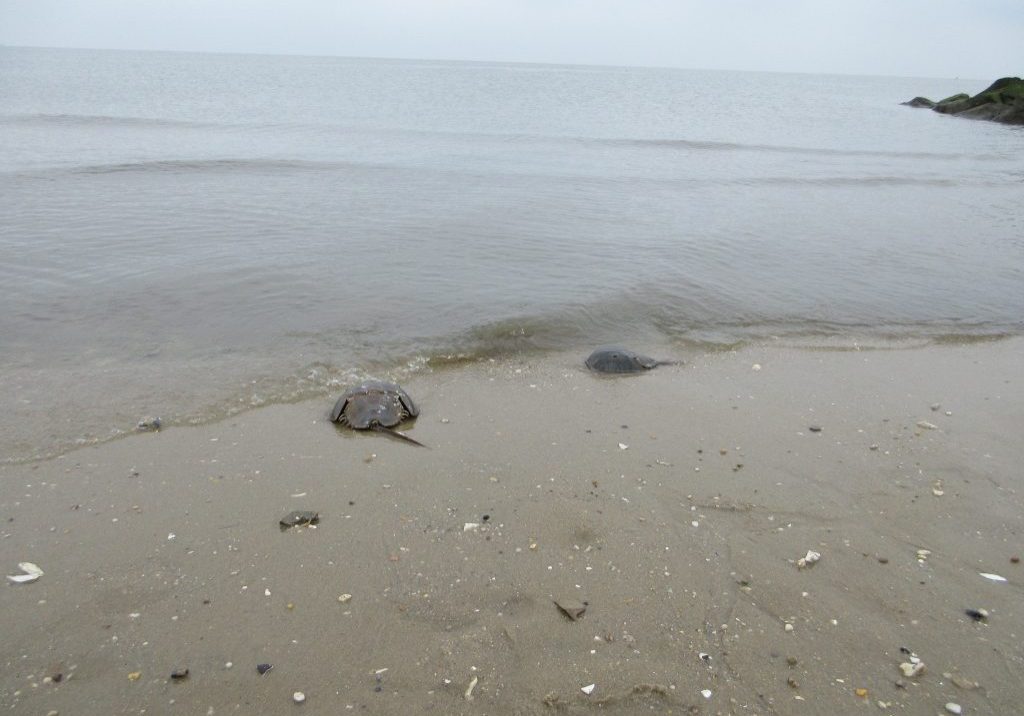
Report: Climate change will bring a foot-plus rise in the Delaware River in Philadelphia
| June 20, 2023
Climate change is expected to drive a rise of the Delaware River by more than a foot over the next 25 years, as the greater Philadelphia region faces more extreme heat days and increased flooding in some areas, a recent report warns.
The report, released last month, has two major parts: the most recent projections for the Philadelphia region and deliberations of 100 researchers, scientists, nonprofits and members of community groups who discussed what to do about climate change, and how to make the region more resilient, said Franco Montalto, professor of civil, architectural and environmental engineering at Drexel University.
“The research activities listed in this document constitute a first step in what must become an ongoing, inclusive public discussion regarding how this region will address the challenges of climate change,” the report says.
The report was published by the Climate Resilience Research Agenda, (CRRA), a collaborative effort that started in 2019 between Philadelphia, the Delaware Valley Regional Planning Commission, Drexel University Academy of Natural Sciences and university faculty and staff members who participate in the Consortium for Climate Risks in the Urban Northeast.
The CRRA was launched after a climate rally organized by Drexel undergraduate students who petitioned for a Sustainability Office on campus.
After the students’ petition, Drexel declared 2021 a “Climate Year,” in which the university committed to expanding its climate change research and community engagement efforts.
Dr. Montalto, who co-edited the report, said the deliberations included in the report reached the same conclusion: “Discussions need to be local. Local voices and factors need to be integrated into the recipe for a solution.”
Warnings of intense precipitation
According to the report, mean annual precipitation is projected to increase 5 to 12 percent by midcentury, and 8 to 18 percent by the 2080s in the Philadelphia region.
The report notes that it’s difficult to predict the increasing frequency and intensity of hurricanes, Nor’easters, cloud bursts and cyclones in the Philadelphia region, and how these weather events cause “intense pluvial and fluvial flooding.” Pluvial flooding occurs after increased precipitation, and fluvial flooding is a result of increased river levels, according to the National Center for Biotechnology Information.
The report cited Hurricane Isaias, which hit Southwest Philadelphia in August 2020, “covering large portions of the Eastwick community in upwards of four feet of water in a matter of minutes.”
It also cited Hurricane Ida, which “caused unprecedented flooding” because of rising levels of the Schuylkill River in September 2021.

Along with increased precipitation, Philadelphia’s sea level is estimated to rise by 7 to 11 inches by the 2030s, 14 to 19 inches by midcentury. and 24 to 38 inches by the 2080s, according to the report.
The Delaware River in Philadelphia is projected to “rise by as much as 64 inches” by 2100, the report states.
Rising sea levels and increased precipitation, including storm surges, exacerbate flooding concerns in certain areas.
“As the sea level in the Delaware River Estuary continues to rise, it will also push salty and brackish water upriver, causing impacts to ecosystems and water treatment facilities designed to only accommodate fresh water,” the report says.
Philadelphia draws about 58 percent of its drinking water — for approximately 1.58 million people — from the Delaware River, and the rest from the Schuylkill River.
Disparity in how neighborhoods are treated
Dr. Montalto says he is working in a community in Southwest Philadelphia that consistently floods but people living in the neighborhood don’t want to move from their homes.
“For them, the solution is figuring out a way to accommodate floodwaters so that they don’t have to move,” he said.
Dr. Montalto added that “vulnerable communities” may be overlooked by lawmakers and advised to relocate by climate activists, while members of more affluent communities won’t be advised to leave.
“There’s places like lower Manhattan where the public dialogue is to prevent flooding because we’re not going to move Wall Street,” he said. “There’s this whole equity question about where you provide protection.”
More extreme heat to come
The report projects that temperatures in Philadelphia could increase by 4.1 to 5.8 degrees by the 2050s and by 5.5 to 9.4 degrees by the 2080s. The increase in temperature is coupled with projected heat waves.
By midcentury, days with temperatures at or above 95 degrees could range from 21 to 34 days per year. These high temperatures now occur an average of six days per year.
“The frequency of heat waves, defined as three or more consecutive days with maximum temperatures at or above 90 degrees, may triple by the end of the century, from three events per year in the current climate to nine events per year in the future,” the report states.
Dr. Montalto said climate change will affect different places in different ways, as climate risks vary from place to place.
Solutions can be rooted in discussions with communities in specific places, since “certain communities know what they need right now,” he said.
He added: “That need to elevate local factors in this discussion about how the region adapts to climate change was to me the most interesting piece that came out of this, and that’s where I think the conversation is only just beginning.”







